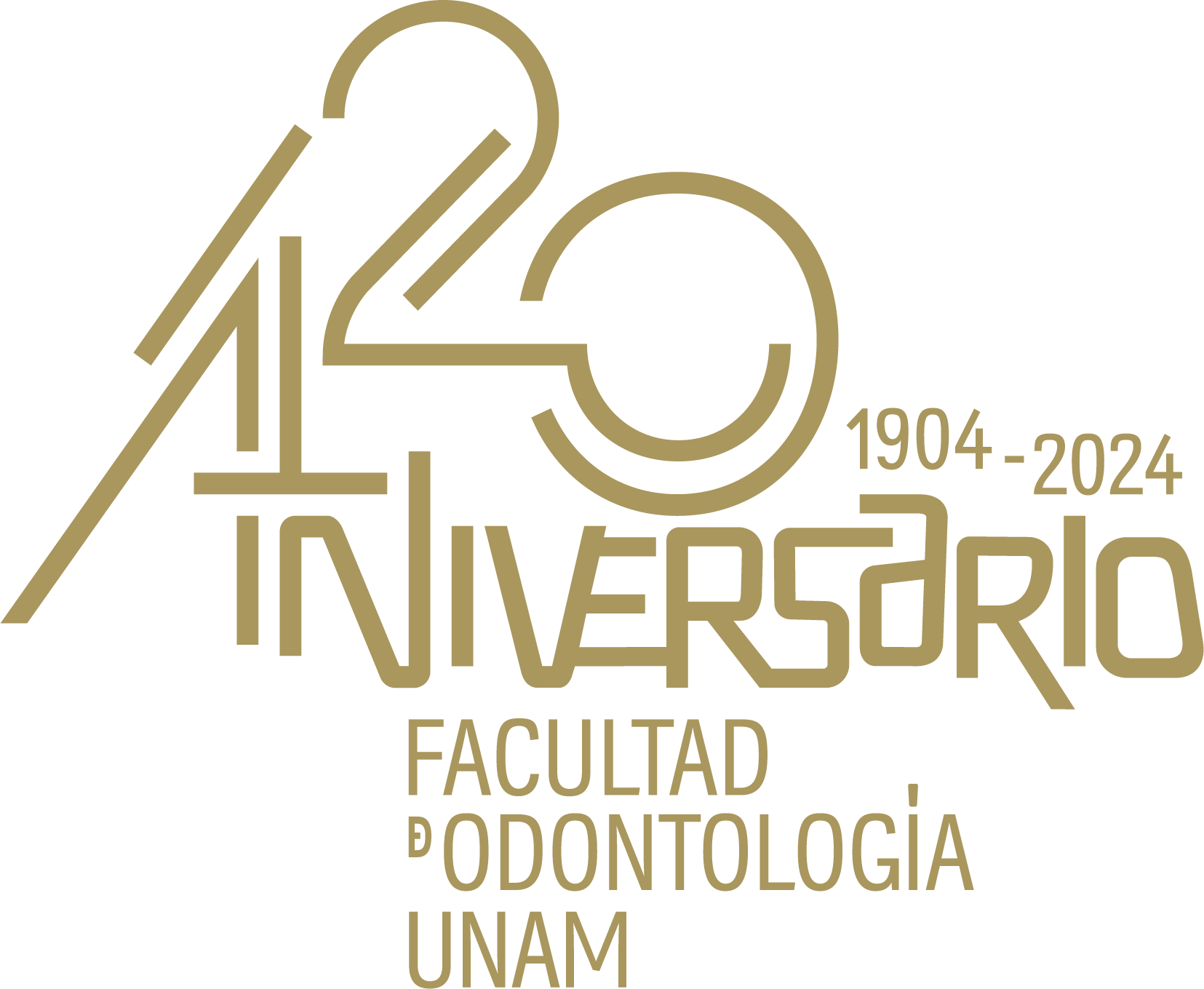Registro completo de metadatos
| Campo DC | Valor | Lengua/Idioma |
|---|---|---|
| dc.rights.license | https://creativecommons.org/licenses/by-nc-nd/4.0/legalcode.es | - |
| dc.creator | Oviedo Mojica, Norma | - |
| dc.creator | Guzmán Valdivia Gómez, Isaac | - |
| dc.date.accessioned | 2025-01-29T00:11:55Z | - |
| dc.date.available | 2025-01-29T00:11:55Z | - |
| dc.date.issued | 2018 | - |
| dc.identifier.issn | 2395-9215 | - |
| dc.identifier.uri | https://ru.odonto.unam.mx/handle/123456789/32155 | - |
| dc.description.abstract | Case report: Craniofacial asymmetries are expressed as differences in size or relationship between two parts of face. Treatment for dental asymmetries is orthodontic, whether through occlusal adjustments, splints or fi xed appliances. In skeletal asymmetries surgery is necessary, especially in cases where growth has ceased. The aim of orthodontic-surgical treatment is to achieve cranio-facial harmony. Treatment planning should consider: etiology, severity, disorder’s location, age and patient motivation. In this article we present the case report of a 21-year-old patient with skeletal class III maloclussion, molar class III in both sides and left canine class III relationship; canine class on the right side was non-assessable, anterior crossbite, upper incisor retroclination and low incisor proclination; left laterognathia and vertical growth. The treatment was orthodontic-surgical in three phases: orthodontic pre-surgical phase with 0.022" Roth appliances; the surgical phase included mandibular setback with the sagittal ramus osteotomy technique and laterognatia correction and an orthodontic post-surgical phase where dental- skeletal Class I, good facial harmony and a straight profi le were obtained. Conclusion: Communication between the orthodontist and the oral surgeon is essential to achieve treatment goals as well as the expertise of the professionals involved in the treatment. | - |
| dc.language | eng | - |
| dc.publisher | Universidad Nacional Autónoma de México. Facultad de Odontología | - |
| dc.rights | La titularidad de los derechos patrimoniales de esta obra pertenece a las instituciones editoras. Su uso se rige por una licencia Creative Commons BY-NC-ND 4.0 Internacional, https://creativecommons.org/licenses/by-nc-nd/4.0/legalcode.es, fecha de asignación de la licencia 2018-06-15, para un uso diferente consultar al responsable jurídico del repositorio por medio del correo electrónico revistamexicanadeortodoncia@gmail.com | - |
| dc.subject | Orthodontic-surgical treatment | - |
| dc.subject | skeletal class III | - |
| dc.subject | asymmetry | - |
| dc.subject | laterognathia | - |
| dc.subject.classification | Ciencias Biológicas, Químicas y de la Salud | - |
| dc.title | Surgical-orthodontic treatment of a class III patient with asymmetry due to mandibular deviation. Case report | - |
| dc.type | Artículo Técnico-Profesional | - |
| dcterms.provenance | Universidad Nacional Autónoma de México. Facultad de Odontología | - |
| dc.description.repository | Repositorio Universitario de la Facultad de Odontología, https://ru.odonto.unam.mx/ Facultad Odontología | - |
| dc.rights.accessrights | Acceso abierto | - |
| dc.identifier.url | https://revistas.unam.mx/index.php/rmo/article/view/65231/57167 | - |
| dc.identifier.bibliographiccitation | Oviedo Mojica, Norma, et al. (2018). Surgical-orthodontic treatment of a class III patient with asymmetry due to mandibular deviation. Case report. Revista Mexicana de Ortodoncia; Vol. 6 Núm. 1, 2018. | - |
| dc.relation.ispartofjournal | Revista Mexicana de Ortodoncia; Vol. 6 Núm. 1 (2018) | - |
| Aparece en las colecciones: | Revistas | |
Los ítems de DSpace están protegidos por copyright, con todos los derechos reservados, a menos que se indique lo contrario.

